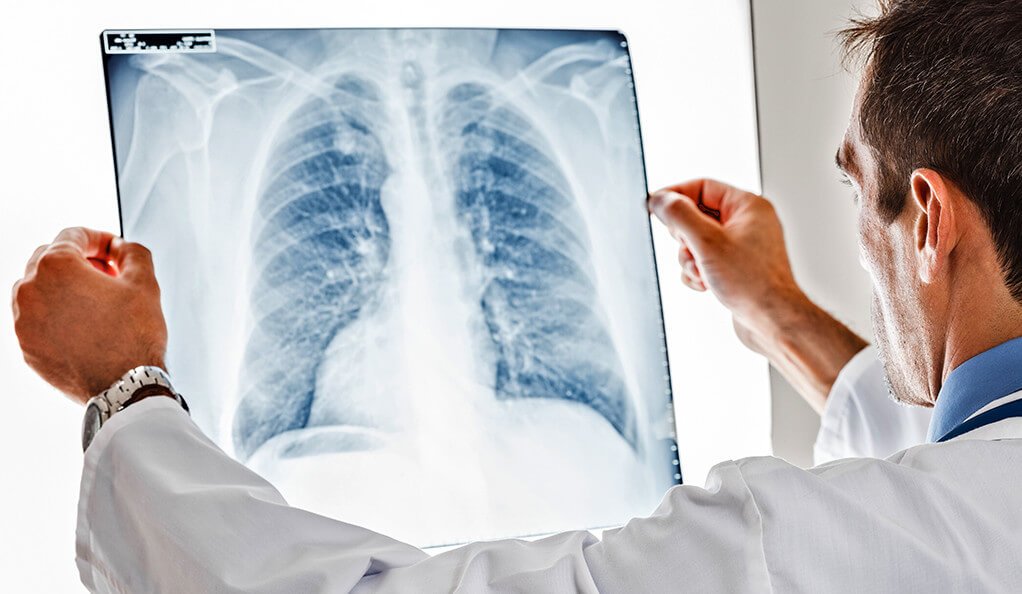An X-ray is a procedure in which healthcare providers can view the inside of your body through radiation. It produces an image of your bones, organs, and tissues. In a chest X-ray, the doctors can spot any abnormalities in your lungs, airways, blood vessels, bones, and heart. It can also tell if you have fluid in your lungs or fluid or air is surrounding them. For radiological examinations, you can get an MRI in Lahore done.
What are the reasons for a Chest X-ray?
Most commonly, a chest X-ray is ordered to see the health of your lungs or heart. It can also be done to know either you are responding to a treatment or not. Your healthcare provider may ask for a chest X-ray due to various reasons as it can reveal things such as;
Lungs condition
The chest X-ray tells about the condition of your lungs. It can detect cancer, air collecting space around lungs, infection, or fluid accumulation in it. It can also tell about pulmonary function diseases such as emphysema or cystic fibrosis. Moreover, through it, the healthcare providers can know about the complications of lung conditions.
Heart-related lungs problem
A chest Xray indicates also indicates problems of the heart that affects the lungs. When your heart does not work well, it can lead to fluid accumulation in the lungs that is visible on a chest X-ray. Therefore if you have any heart condition, your healthcare providers may ask to get a chest X-ray done to know about lungs health.
Heart health
In a chest X-ray, the size and shape of your heart are visible. These parameters indicate heart failure, heart or valve problems, or fluid around the heart. Therefore it serves as a tool to know about it.
Blood vessels
On an X-ray, your blood vessels are visible. In a chest X-ray, your aorta, pulmonary veins, and pulmonary arteries are visible that serves as an indicator for an aneurysm, congenital heart disease, or blood vessels problems.
Calcium deposits
An X-ray can show calcium deposits. In a chest X-ray, the healthcare providers can see any kind of calcium deposits or fat deposits. They can indicate heart disease, damage to the blood vessels, heart muscles, coronary artery disease, or pericardium- layer that surrounds the heart. An old resolved infection shows up as calcified nodules in your lungs. Therefore a chest X-ray can serve as a diagnostic tool for many health conditions.
Fractures
Most commonly, an X-ray is done to know about fractures- a broken bone. A chest X-ray can indicate a broken rib, fractures of the spine, or other problems with the bone.
Postoperative changes
After having surgery of the lungs, heart, or esophagus, your healthcare providers perform an X-ray to know about the progress. Through an X-ray, they can observe that the tubes they inserted during the procedure.
A pacemaker, defibrillator, or a catheter
A pacemaker and a defibrillator control heart rhythm and heart rate and have wires connected to your heart. Catheters are small tubes that are used to deliver medications. A chest X-ray is done to make sure that everything is placed correctly.
Conclusion
A chest X-ray is done for various reasons. It is still commonly used to know about chest and lung health. Generally, they are safe. Only there is a risk of radiation. X-rays generally do not have any side effects and take some minutes to get performed. Before an X-ray, you will need to undress from the waist up and wear a hospital gown. For an MRI, you can get an MRI in Karachi done.
